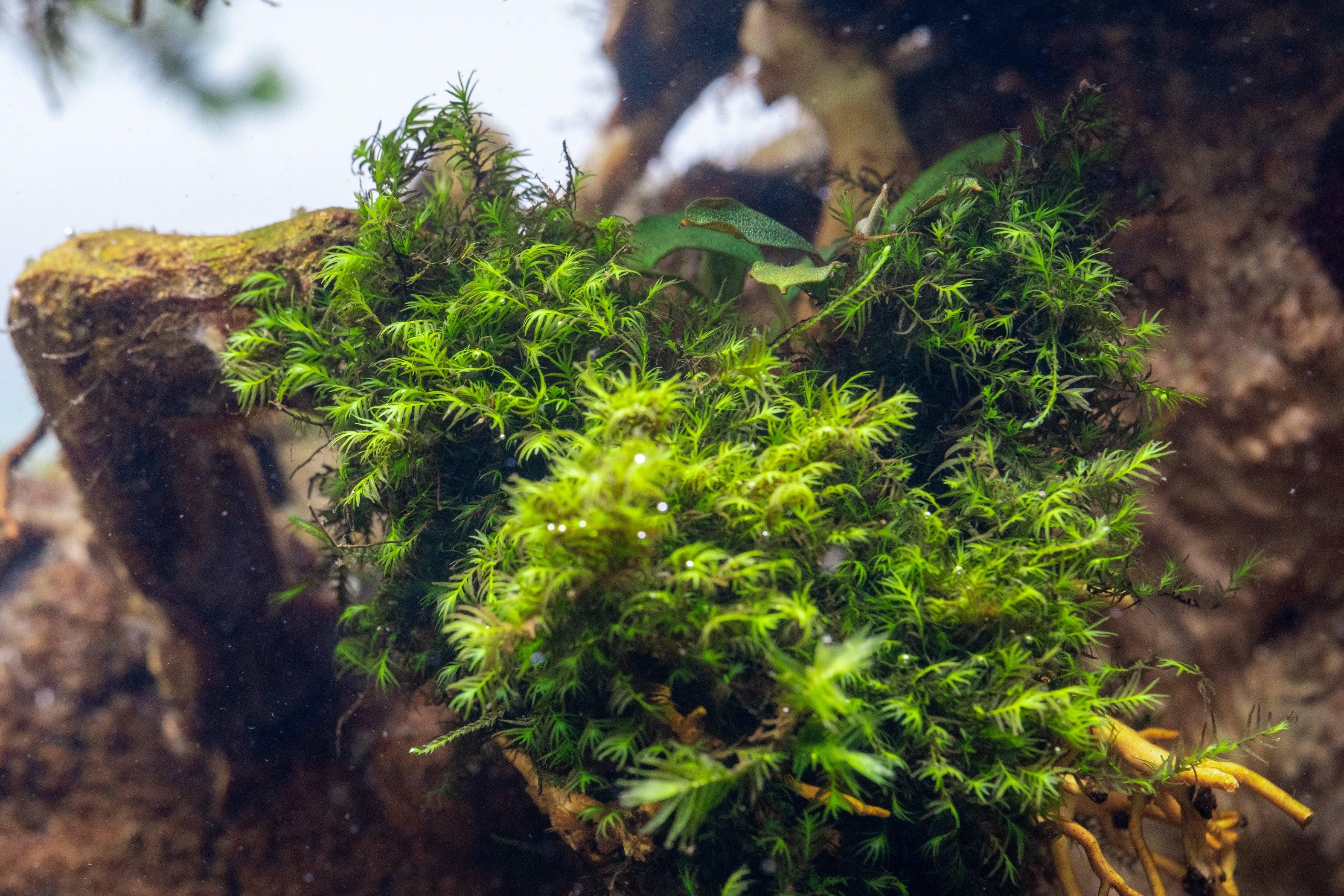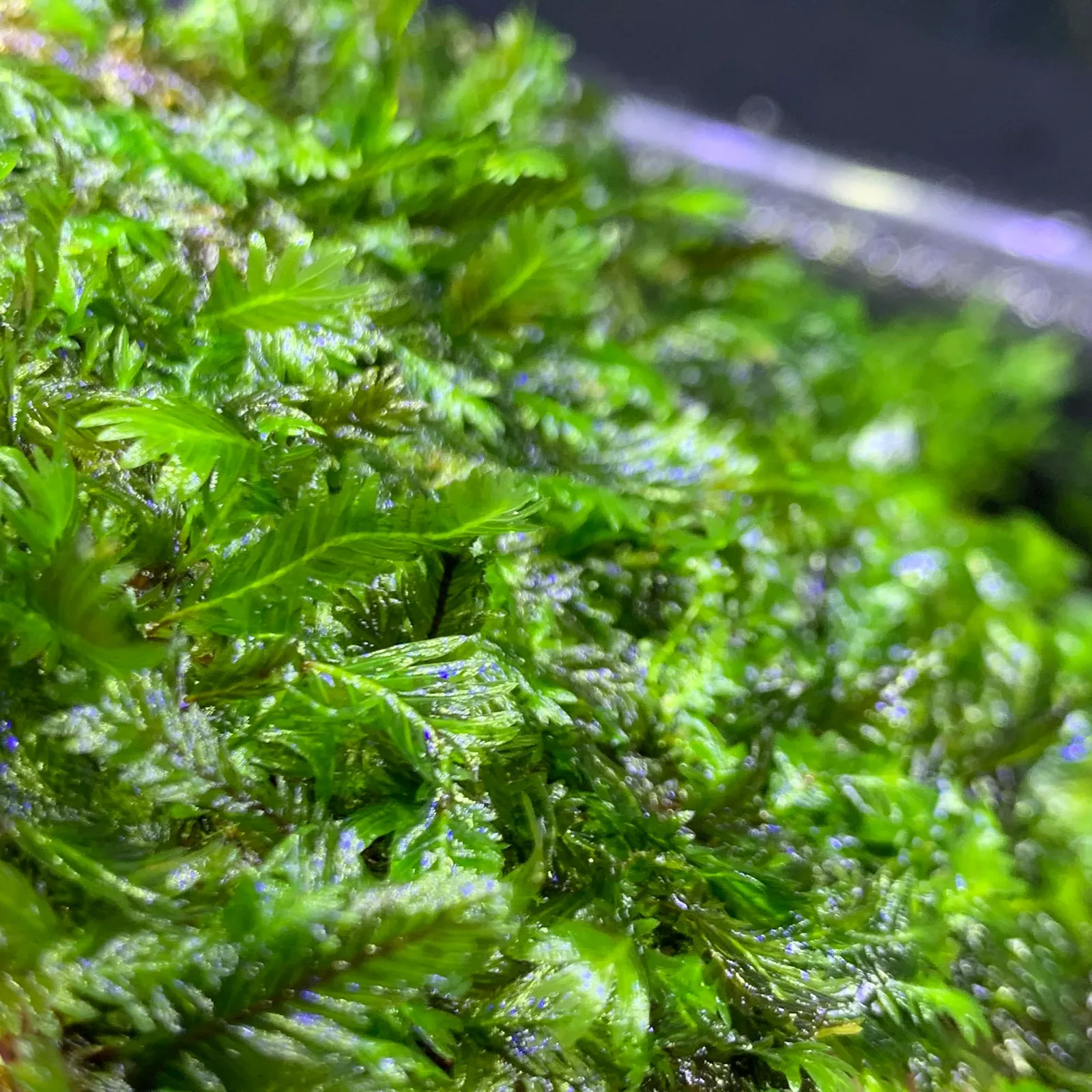
fissidens-fontanus-32138567155912_3150x2100.jpg from: https://buceplant.com/products/fissidens-fontanus-1
Introduction
In the vast and captivating world of bryophytes, the Fissidens obtusifolius Wilson moss stands out as a remarkable species within the Fissidentaceae family. Often referred to simply as Fissidens, this unassuming yet fascinating moss has captured the hearts of enthusiasts worldwide with its unique characteristics and ecological significance.
Background
Before delving into the intricacies of this moss, it’s essential to understand its taxonomic classification. Fissidens obtusifolius Wilson belongs to the phylum Bryophyta, class Bryopsida, and family

IMG_8942_1600x.jpg from: https://aquaticmotiv.com/products/fissidens-nobilis-moss-mat-fissidens-nobilis
Fissidentaceae. These diminutive plants are often overlooked, but they play a crucial role in various ecosystems, serving as indicators of environmental health and contributing to the intricate web of life.
Main Content
Morphology and Identification
Fissidens obtusifolius Wilson is a small, acrocarpous moss that forms dense, velvety mats or tufts. Its leaves are arranged in two distinct rows, giving it a distinctive, flattened appearance. The leaves themselves are oblong to lingulate in shape, with a characteristic apical region that is obtuse or rounded. This unique leaf morphology is a defining feature of the Fissidens genus.
Global Distribution and Habitat
This moss species is widely distributed across various regions, including Europe, Asia, Africa, and North America. It thrives in a range of habitats, from moist and shaded areas to damp soil, rocks, and even tree bark. Fissidens obtusifolius Wilson is particularly fond of calcareous substrates, making it a common sight in limestone regions.
Ecological Roles and Adaptations
Despite its diminutive size, Fissidens obtusifolius Wilson plays a vital role in its ecosystem. It contributes to soil formation and moisture retention, creating a suitable environment for other plants and organisms to thrive. Additionally, this moss serves as a microhabitat for various invertebrates, providing shelter and sustenance.
One of the remarkable adaptations of Fissidens obtusifolius Wilson is its ability to withstand desiccation. During dry periods, the moss can curl its leaves inward, minimizing water loss and protecting its delicate structures. This resilience allows it to survive in challenging environments and quickly revive when moisture becomes available.
Case Studies/Examples
In a recent study conducted in a temperate forest, researchers found that Fissidens obtusifolius Wilson played a crucial role in maintaining soil moisture levels and facilitating the germination of various plant species. Its presence was also associated with higher biodiversity of invertebrates, highlighting its importance in supporting a healthy ecosystem.
Technical Table
| Characteristic | Description |
|---|---|
| Phylum | Bryophyta |
| Class | Bryopsida |
| Family | Fissidentaceae |
| Genus | Fissidens |
| Species | obtusifolius Wilson |
| Growth Form | Acrocarpous moss, forming dense mats or tufts |
| Leaf Arrangement | Distichous (arranged in two distinct rows) |
| Leaf Shape | Oblong to lingulate, with an obtuse or rounded apex |
| Habitat | Moist and shaded areas, damp soil, rocks, tree bark |
| Distribution | Widespread across Europe, Asia, Africa, and North America |
Conclusion
The Fissidens obtusifolius Wilson moss may be small in stature, but its impact on the natural world is profound. From its unique morphology to its ecological significance, this unassuming bryophyte deserves our appreciation and admiration. As we continue to explore the intricate tapestry of life, let us ponder the question: What other hidden wonders lie within the realm of bryophytes, waiting to be discovered and celebrated?